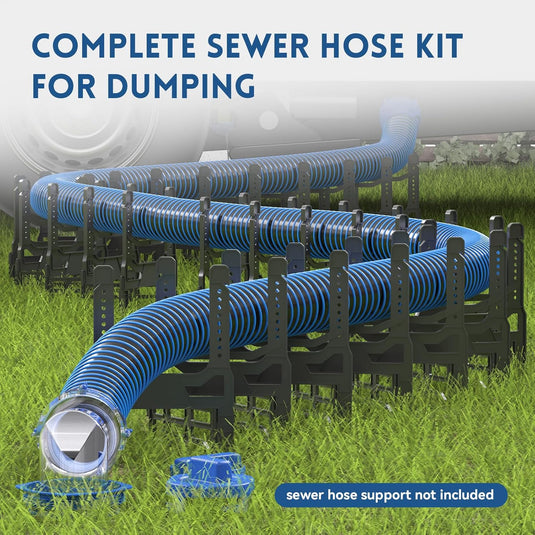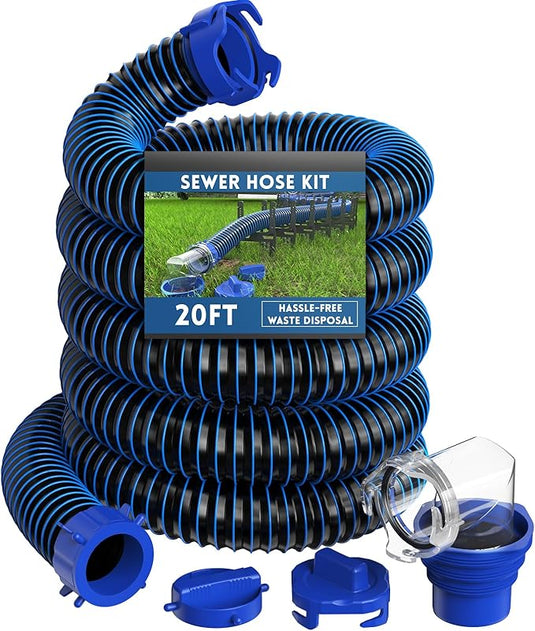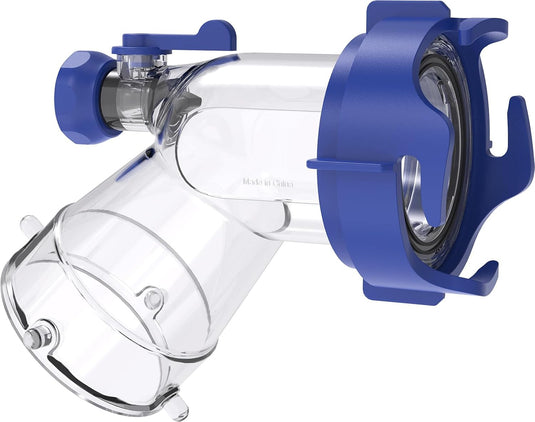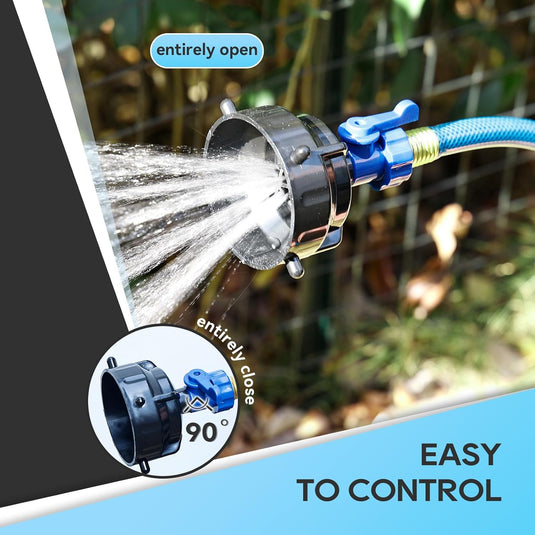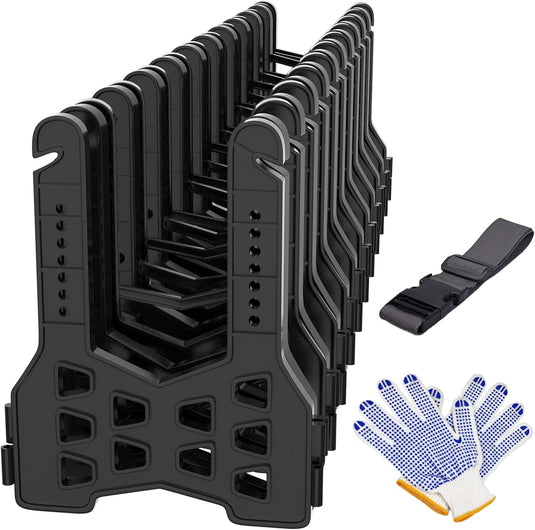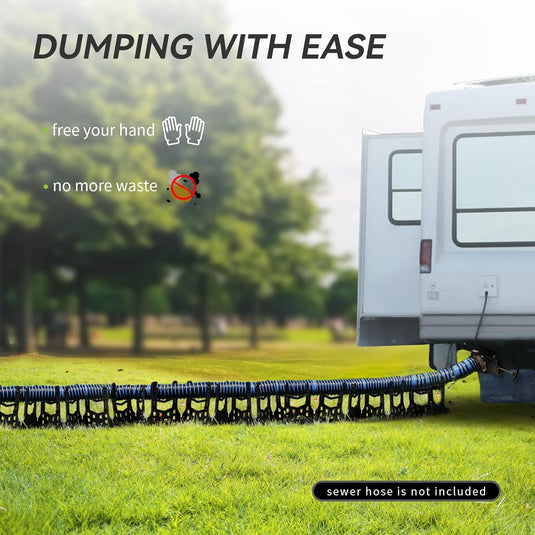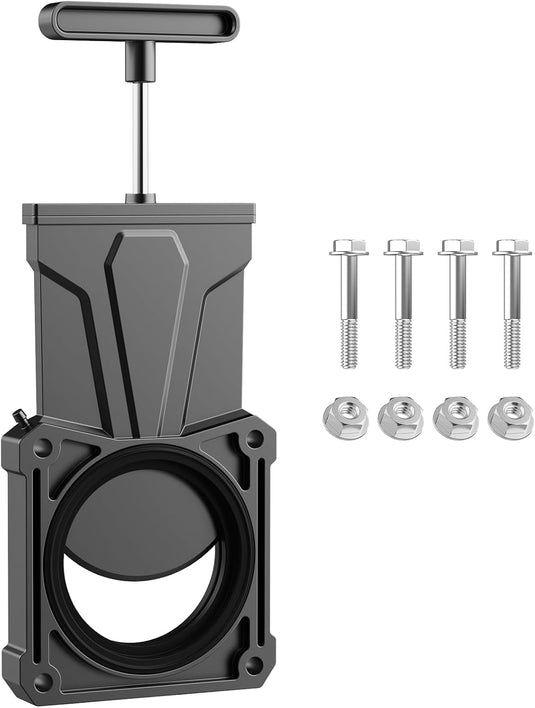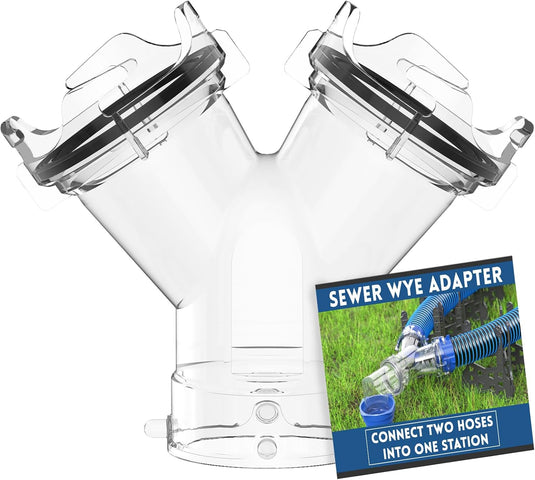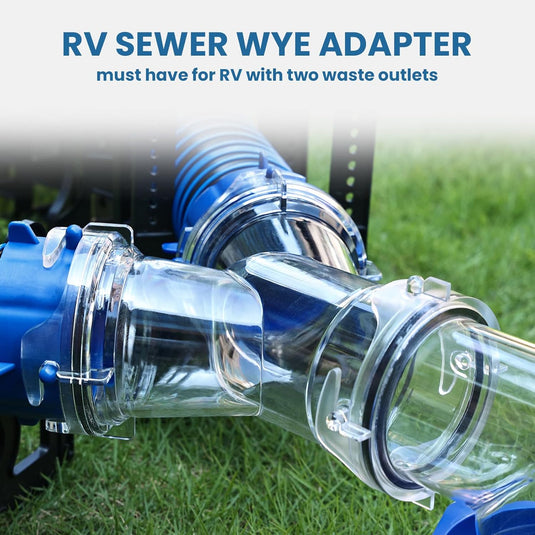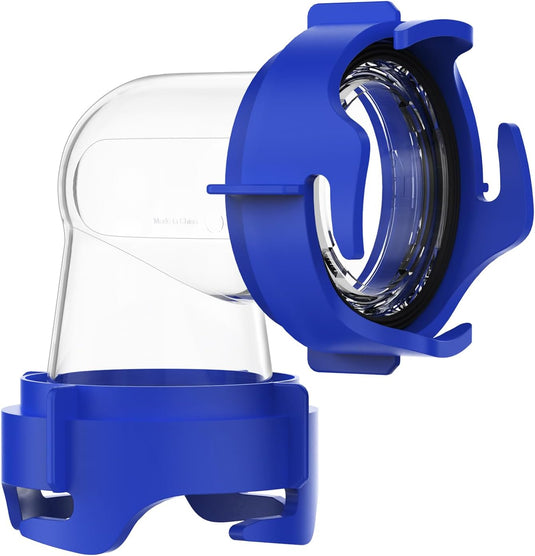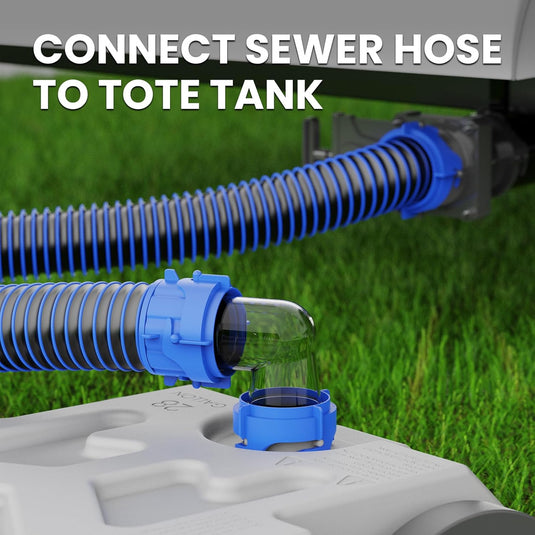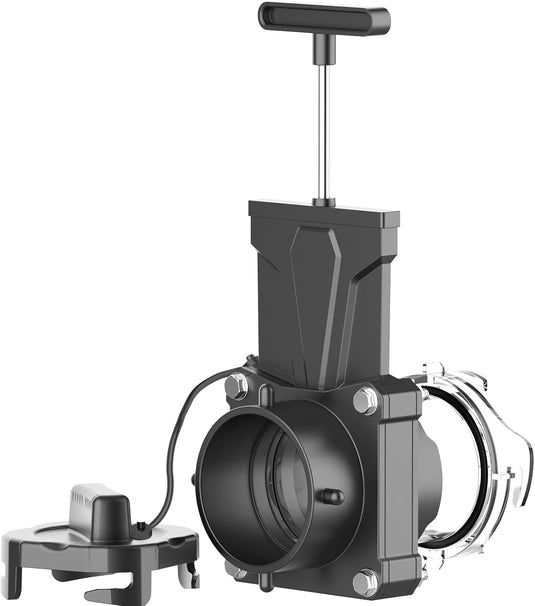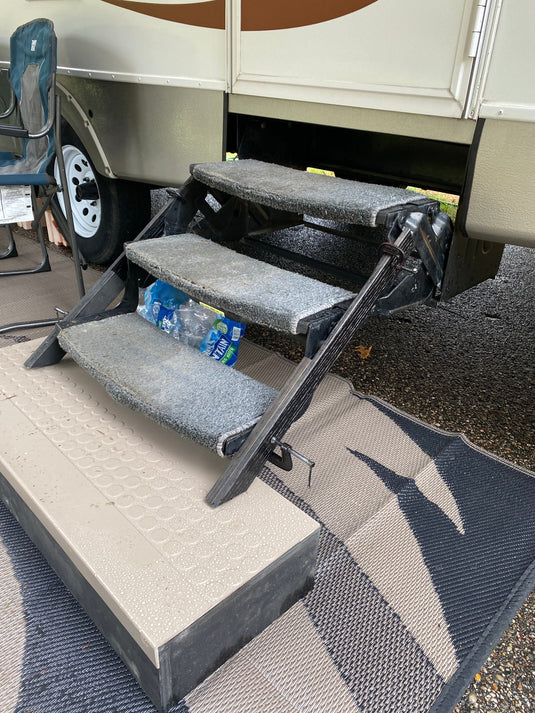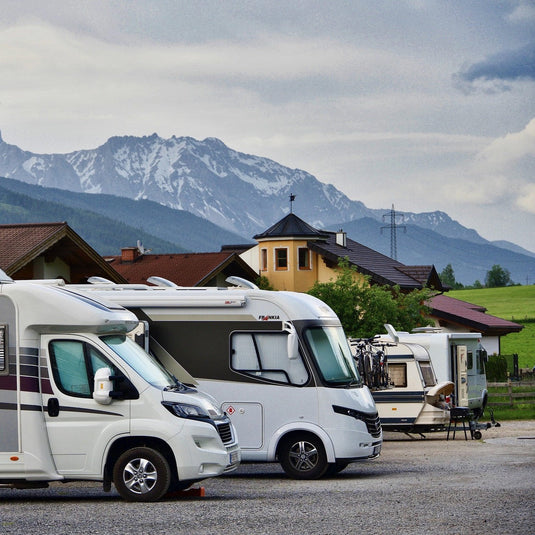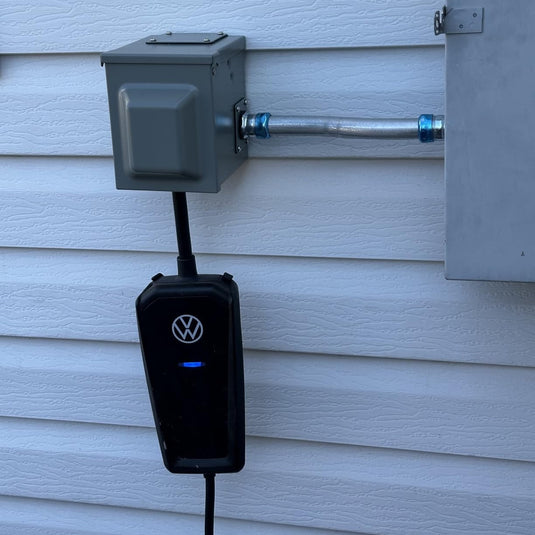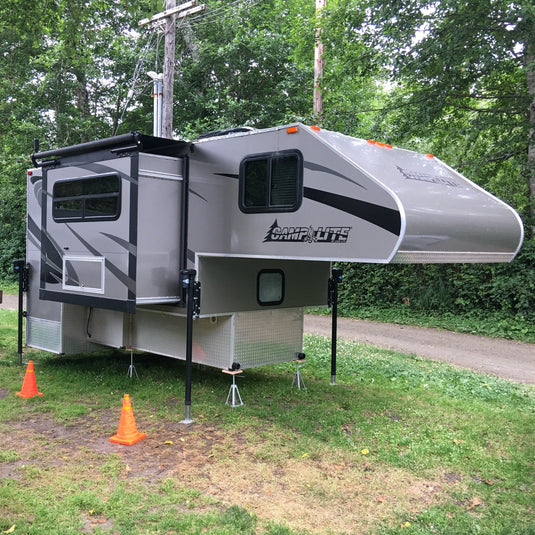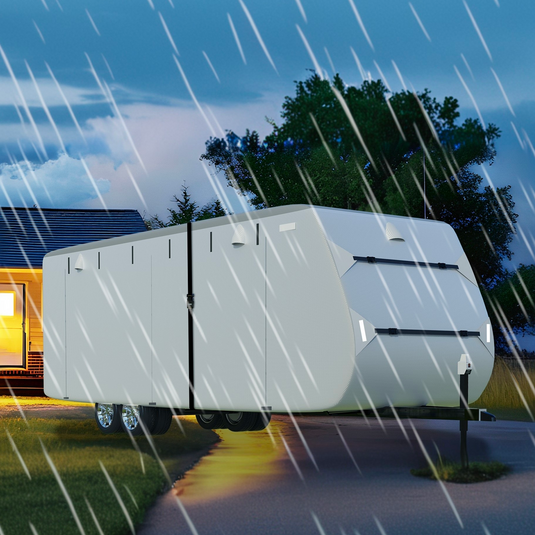Let's talk about every RVer's least favorite winter surprise: going to drain your black tank and finding a frozen, solid block of disappointment. I've been there, and trust me, chipping away at that mess in the freezing cold is a special kind of misery. The good news? It's 100% preventable.
Forget just pouring in antifreeze and hoping for the best. After years of winter camping, I've learned that beating the cold is about a good strategy and a couple of key tools. Here’s my no-nonsense guide to keeping your system flowing when the mercury drops.
Why Your Tank Freezes (It's Not Just the Water)
Most folks think a frozen tank is just about liquid. The real villain is the "sponge effect." All the, uh, stuff inside your tank acts like a sponge, soaking up and holding onto moisture. When it gets cold, that damp sponge turns into a giant, rock-solid ice brick that can't be drained. The goal, then, is to wring out that sponge before the cold hits.
Your #1 Weapon: A Powerful Black Tank Flush
I can't stress this enough. The single best thing you can do to prevent a freeze is to leave your tank as clean and empty as possible. That leftover sludge isn't just stinky; it's a moisture trap waiting to freeze.
This is where a dedicated RV black tank cleaner becomes a game-changer. I'm not talking about a quick hose down. I mean a proper tool that screws onto your inlet and blasts water up into the top and sides of your tank. That aggressive spray is what actually breaks up the gunk stuck to the walls that a standard drain leaves behind.
My Routine: Before I winterize or park for a cold snap, I do a full cleaning cycle. I add some tank treatment, drive around to slosh it, drain it, and then use my camper black tank cleaner for a final, powerful rinse. You wouldn't believe what it pulls out. Starting with a truly clean tank is half the battle won.

The Icing on the Cake: Don't Let Your Hose Become a Frozen Straw
Here's a mistake I made my first year: I meticulously cleaned my tank but left my sewer hose connected outside overnight. Big mistake. Any residual water in that hose will freeze solid, turning it into a useless, blocked pipe for your next dump.
This is the simplest fix on the list. A good RV sewer hose support isn't just a nice-to-have; it's a must-have for winter. By creating a smooth, steep downhill run from your RV to the dump station, it ensures that every last drop of water drains completely out of your hose. No water left behind means nothing to freeze inside it.

The best ones are sturdy, adjustable, and have a ribbed design that holds your hose securely in that perfect downhill angle. It’s a simple piece of gear that solves a huge winter headache.
Putting It All Together: My Cold-Weather Routine
So, how does this look in practice? Here's my personal drill for a freeze:
- The Pre-Dump: At the dump station, I always set up my RV sewer hose support first thing. No more saggy hose sections that can trap water.
- The Main Event: Drain the black tank, followed by the grey tank (using the grey water to help flush the hose).
- The Blast Clean: This is the key step. I connect my RV black tank cleaner, turn on the water, and let it rip for a good 5-10 minutes, watching until the water running out below is completely clear.
- The Drip Dry: I leave the valves open for a few extra minutes to let everything air out. Then I disconnect and store the hose indoors if possible, or at least make sure it's fully drained and elevated.
This routine, focused on cleanliness and complete drainage, has never let me down.
Final Thoughts: Stop Worrying, Start Camping
Winter camping is magical. Don't let the fear of a frozen tank hold you back. A little proactive care with the right tools—namely, a serious tank cleaner and a reliable hose support—will save you from a world of frustration.
It’s not about having the fanciest gear; it’s about using smart gear that actually solves the core problems of moisture and drainage. Stay ahead of the freeze, and you can enjoy the quiet beauty of a winter campground without a worry.



